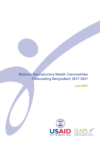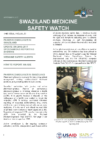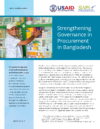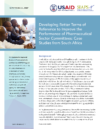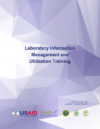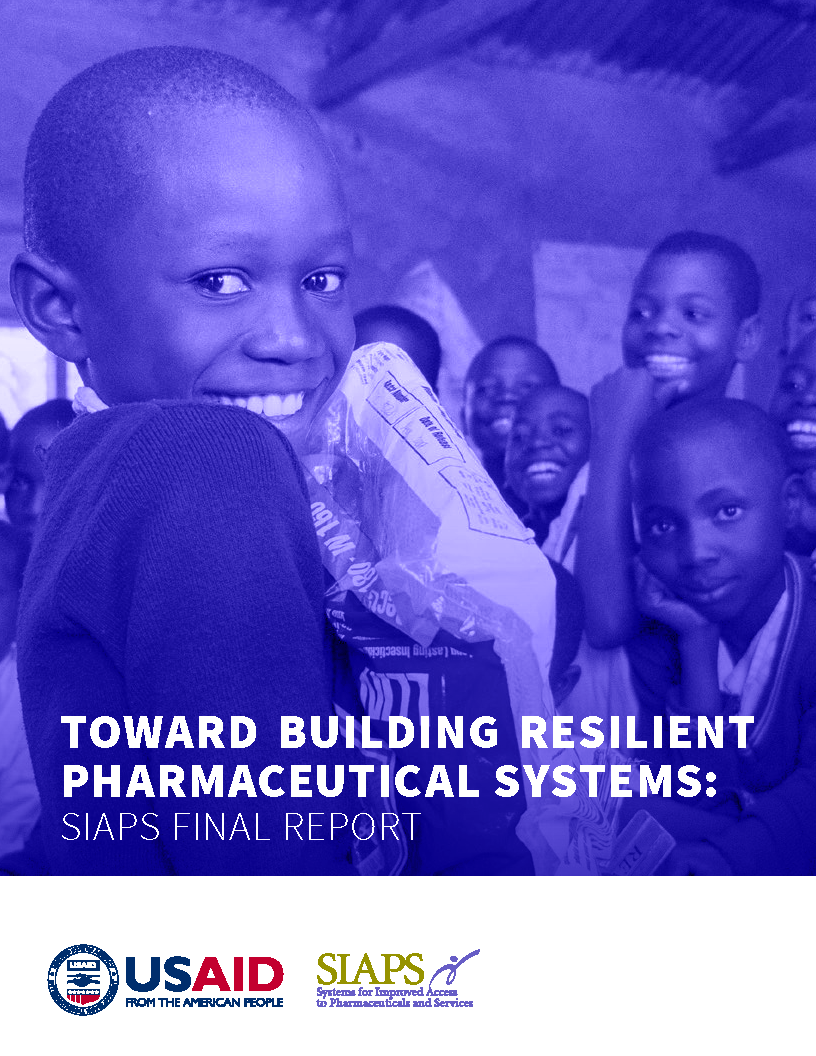In 2012, SIAPS supported the Directorate General of Family Planning (DGFP) in conducting a five-year (2012-2016) forecasting exercise for reproductive health commodities and built the technical capacity of DGFP officials to manage the forecasting processes and analyze the FP2020 indicators pertinent to stock availability. SIAPS also assisted DGFP in forming the multi-stakeholder Forecasting Working Group (FWG) … Read more
The SIAPS team in Namibia joined other PEPFAR-implementing partners for the orientation of USAID’s newly appointed Director for Southern Africa, Mr. John Groarke. On September 27-28, 2017, Mr. Groake visited health facilities in the Omusati and Oshana regions in the North Central part of Namibia where he received updates on the progress of the community-based … Read more
Inside this issue: Pharmacovigilance in Swaziland Update on 2016-2017 Spontaneous Reporting Systems Medicine Safety Alerts How to Report an ADE
SIAPS Namibia staff helped the Pharmaceutical Services Division of the Ministry of Health and Social Services (MOHSS) of Namibia to revise the National Medicines Policy (NMP). The NMP, launched in 1998 and revised in 2012, provides guidelines and development objectives for the country’s pharmaceutical sectors.[1] It provides the framework within which pharmaceutical sector priorities are … Read more
Despite being one of the most densely populated countries in the world, the overall health in Bangladesh has steadily improved over the last 30 years. While the Government of Bangladesh’s efforts have resulted in impressive gains in public health, weaknesses in pharmaceutical management, including logistics and supplies, infrastructure, and the low performance of health care providers, … Read more
The Philippines has one of the highest TB burdens in the world—and 2.6% of its more than 286,000 new cases in 2015 were of multi-drug-resistant TB (MDR-TB). This threatens the progress the country has made in addressing the deadly disease over the past few decades and its goal to make the country TB-free by 2030. … Read more
The UNAIDS Situation Room is an innovative web-based platform that enables managers at all levels of the health system in Namibia to have access to HIV-related data in an easy and interactive manner. This tool uses automated, frequently updated data and data visualisation tools that are mobile and accessible at any time to help managers … Read more
In South Africa, there are numerous governance structures that make crucial decisions about selection, procurement, distribution, and use of medicines, diagnostics, and other pharmaceutical products. A challenge commonly encountered is that critical committees either do not exist or where the committee is in place, it does not function optimally. One of the most underlying causes … Read more
SIAPS has worked with Guinea’s Ministry of Health since February 2012 to help expand malaria prevention and treatment programs and strengthen the country’s pharmaceutical systems. To support these two objectives, SIAPS provided technical assistance to strengthen governance in the pharmaceutical sector, enhance the availability of pharmaceutical management information systems at all levels of the health … Read more
The training materials in this compilation were developed by technical advisors from SIAPS. The training was conducted in November 2014. This will serve as a guide for trainings in LIMU. Sessions follow the spectrum of information management from data organization, analysis, and interpretation to the utilization of information for information sharing, planning, and decision making. … Read more
